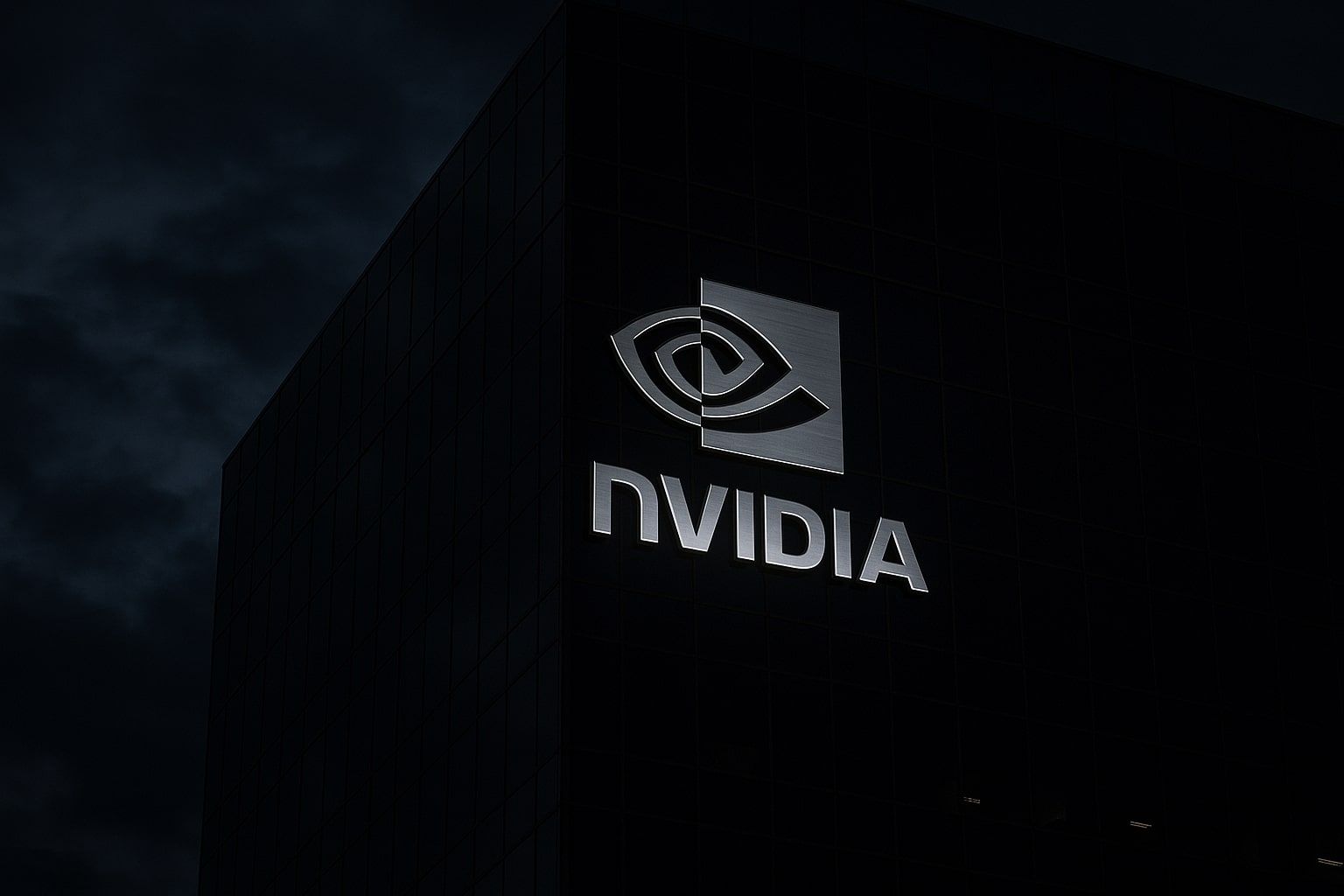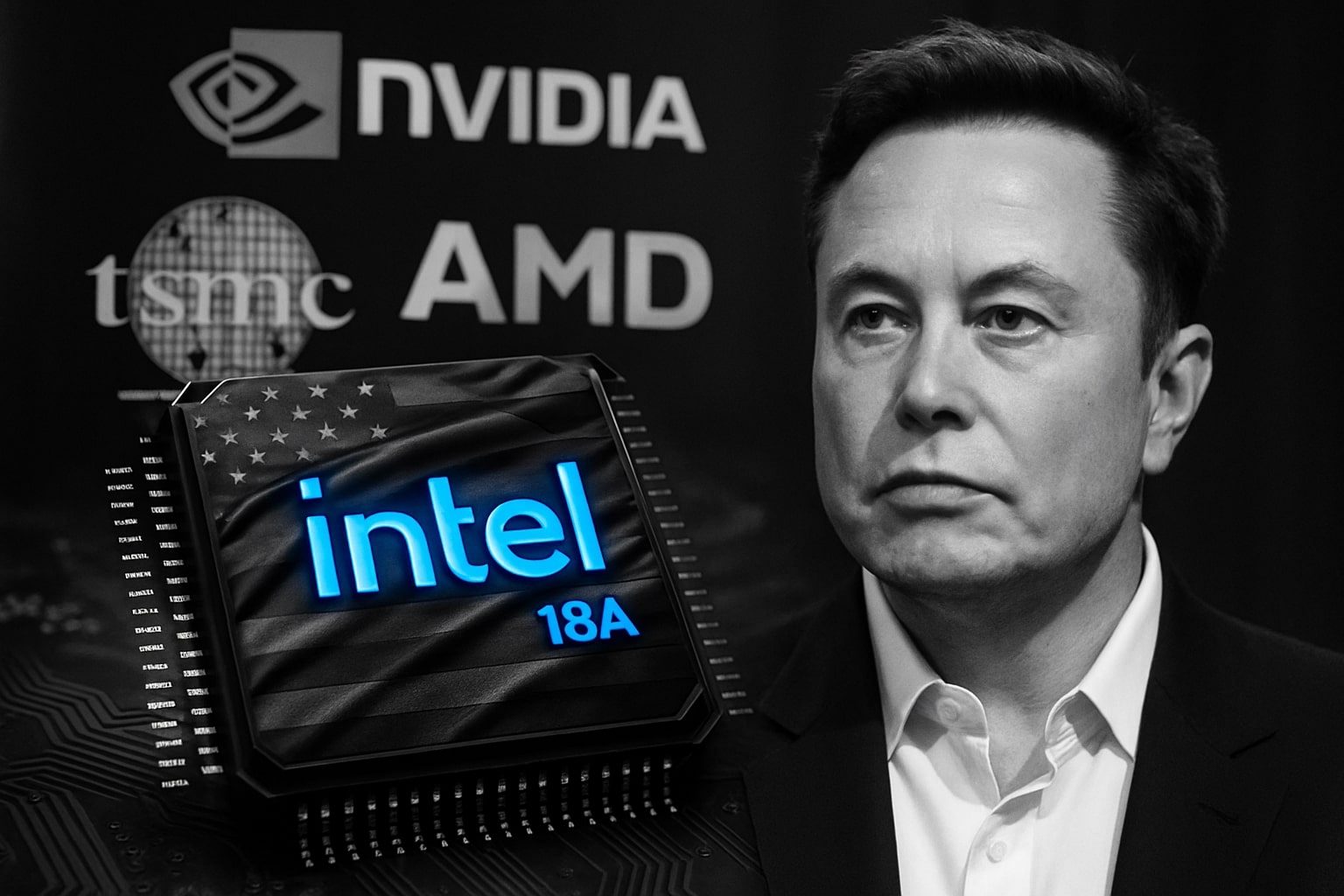
NVIDIA Stock Price Forecast - NVDA Drops to $182.16 as $800B Vanishes and AI Hype Faces Policy Shock
U.S. export curbs cut off China GPU sales, OpenAI’s $1.4T AI buildout sparks funding fears, and valuation pressure wipes $800B from NVDA’s market cap — yet analysts still see 115% upside toward $392 by 2027 | That's TradingNEWS
NVIDIA Corporation (NASDAQ:NVDA) – $182.16, Down 3.15%: AI Titan Faces Policy Heat, $800B Value Shock, and Valuation Reckoning
A $4.38 Trillion Powerhouse Tested by Policy and Market Rotation
NVIDIA Corporation (NASDAQ:NVDA) closed at $182.16, marking a 3.15% daily decline and extending its weekly losses to over 7%, erasing roughly $800 billion in market capitalization since Monday. The correction, while substantial, unfolds after a historic two-year rally that lifted the company to a $4.38 trillion valuation, briefly making it the world’s most valuable publicly traded company. Yet, with investors re-examining AI’s near-term profitability, the recent slide captures a turning point—where market enthusiasm is being tested by policy pressure, competition, and stretched expectations.
The drop coincides with growing doubts over whether the extraordinary pace of AI-driven demand can maintain its intensity through 2026. Nvidia still commands about 92% of the discrete GPU market, a figure that cements its technological supremacy but also magnifies its exposure to any downturn in global AI capital expenditure.
Washington–Beijing Tensions Slam the Growth Narrative
The steepest blow came from the U.S. administration’s latest move to expand export restrictions on advanced semiconductors. The Biden White House blocked sales of Nvidia’s new B30A AI processors to Chinese clients, even though these chips were deliberately scaled down to meet earlier export compliance thresholds. The B30A was meant to sustain Nvidia’s footprint in China after bans on the A800 and H800 series, but with this decision, the company’s presence in the world’s second-largest datacenter market has effectively been wiped out.
Executives estimate that these measures could strip $2–$5 billion in quarterly revenue potential. Making matters worse, Beijing’s Ministry of Industry and Information Technology followed with a sweeping order requiring all state-funded data centers to source only domestically designed chips. The regulation applies even to projects already under construction—if less than 30% complete, they must remove foreign chips or cancel pending orders. For Nvidia, whose architecture has been central to China’s AI training capacity, this policy effectively shuts the door on a vital growth corridor.
CEO Jensen Huang’s Strategic Silence and Market Reassurance
While visiting Taiwan, CEO Jensen Huang confirmed that Nvidia has “no active talks” to sell its Blackwell GPUs to Chinese buyers, emphasizing instead the firm’s focus on fulfilling overwhelming demand from U.S. and European hyperscalers. He acknowledged that Nvidia currently holds “zero share in China’s AI compute market,” downplaying the immediate financial impact on guidance but indirectly signaling a long-term geopolitical realignment. Investors, however, remain uneasy that supply chain dependencies and escalating trade barriers could introduce volatility into an otherwise unstoppable growth engine.
The chilling effect extended across the semiconductor complex—AMD slipped 1.3%, and Broadcom lost 1.1%, reflecting how investors now see AI chipmakers as collectively vulnerable to the same geopolitical shocks that once seemed isolated to single companies.
Financial Powerhouse with Historic Margins
Nvidia’s latest quarterly data underscores its unmatched profitability and balance sheet strength. Revenue reached $46.74 billion, climbing 55.6% year-on-year, while net income surged 59.18% to $26.42 billion. Operating expenses grew at a slower 37.6%, showing tight cost control even amid global expansion. The company’s net profit margin of 56.5% remains the envy of the technology sector.
Earnings per share rose to $1.05, up 54.4% year-on-year, supported by EBITDA of $29.1 billion and an effective tax rate of 15.3%. The balance sheet shows $140.7 billion in total assets against $40.6 billion in liabilities, leaving shareholders’ equity at $100.1 billion. Nvidia’s liquidity position remains robust, with $56.8 billion in cash and short-term investments, even after a year in which free cash flow fell 31% to $6.66 billion as the company funneled resources into next-generation GPU development. With a return on assets of 53.5% and a return on capital topping 69%, Nvidia’s capital efficiency still ranks among the highest of any large-cap corporation worldwide.
AI Spending Shock: $1.4 Trillion Raises Sustainability Questions
A new wave of anxiety washed through the AI sector following reports that OpenAI’s infrastructure blueprint could require as much as $1.4 trillion in cumulative investment. Comments from CFO Sarah Friar, hinting at the need for potential government backing, briefly rattled investors before CEO Sam Altman clarified that OpenAI does not seek federal bailouts. Still, the episode reinforced concerns that the economics of large-scale AI might rely on circular financing—where companies fund customers who, in turn, purchase their hardware.
For Nvidia, which has entered multi-billion-dollar partnerships with OpenAI and others, this model guarantees near-term chip demand but raises systemic risk. Should AI projects fail to produce commensurate returns, demand for new GPU clusters could flatten abruptly, leaving excess capacity in its wake.
Read More
-
Intel Stock Price (NASDAQ:INTC) Soars as Tesla AI Chip Partnership Revives 2025 Momentum
07.11.2025 · TradingNEWS ArchiveStocks
-
XRP Price Forecast - XRP-USD Jumps to $2.32 as $500M Funding and Whale Retreat Fuel Recovery
07.11.2025 · TradingNEWS ArchiveCrypto
-
Oil Price Forecast - WTI Drops to $59.78, Brent Holds $63.67 as Oil Glut Deepens and Diesel Cracks Surge
07.11.2025 · TradingNEWS ArchiveCommodities
-
Stock Market Today - Nasdaq Sinks 4% Weekly as AI Stocks Crumble and U.S. Shutdown Deepens
07.11.2025 · TradingNEWS ArchiveMarkets
-
GBP/USD Price Forecast - Pound Struggles Near 1.3150 as U.S. Jobs Collapse, Shutdown, and BoE Dovish Tone Clash
07.11.2025 · TradingNEWS ArchiveForex
The Capital-Heavy Transformation of Big Tech
Across Silicon Valley, balance sheets once praised for asset-light efficiency are now being reshaped by the relentless AI build-out. Meta Platforms lifted its 2025 capital expenditure guidance to $116–$118 billion, a year-on-year growth of over 20%. Alphabet expects to spend $91–$93 billion, and Amazon has already deployed $89.9 billion year-to-date. Even Apple quietly confirmed rising CapEx related to AI infrastructure integration.
Every additional dollar of spending funnels into Nvidia’s ecosystem. Its proprietary CUDA platform and NVLink interconnect system have become indispensable to AI training workloads, creating a technological lock-in that few can rival. The effect is circular but powerful—every hyperscaler upgrade deepens Nvidia’s dominance while raising switching costs for competitors.
Valuation: Expensive, Yet Defensible
At $182.16 per share, Nvidia trades at a forward P/E near 50 and a PEG ratio of 1.49, levels that would normally raise caution but appear sustainable given the company’s forecast 74% EPS growth versus a tech-sector median of only 11%. The price-to-book multiple of 45.8 underscores investor confidence in the firm’s ability to compound equity value.
Within semiconductors, Nvidia’s efficiency gap remains dramatic. Broadcom trades at an EV/EBITDA of roughly 54 with growth near 35%, while SkyWater Technology shows an EV/EBITDA of 50 and growth near 20%. Nvidia’s EBITDA expansion of 74% at a similar valuation makes it the clear outlier—the premium name delivering the highest real growth per valuation dollar.
Forward Earnings and Potential Valuation Path
Analysts anticipate that Nvidia will surpass its current consensus estimates. Internal modeling among institutional desks pegs FY2026 EPS near $5.00, rising toward $7.00 by FY2027 as global AI capacity continues to scale. Assuming the market maintains Nvidia’s historical multiple of 56x earnings, that trajectory implies a fair-value target near $392 per share, roughly 115% upside from current levels.
Even if multiples compress moderately, Nvidia’s earnings momentum and leadership in data-center AI should buffer valuation risk. The company’s fundamental story—dominance of GPU compute, vertical integration, and software ecosystem control—remains intact.
Competition Intensifies, Yet the Moat Deepens
Rivals are advancing. AMD has accelerated its push into AI accelerators, narrowing the performance gap with its MI400 series, while Broadcom expands its custom silicon partnerships. Nonetheless, Nvidia’s upcoming Vera Rubin NVL144 CPX platform, succeeding the current Blackwell GPU, is expected to extend its performance lead into 2026.
Its partnership strategy—such as the $100 billion OpenAI collaboration structured partly through equity stakes—locks in demand and ecosystem synergy. Critics label this “revenue recycling,” yet it ensures long-term relevance as AI platforms themselves grow dependent on Nvidia’s architecture. With Sovereign AI programs emerging in the U.S., Europe, and the Middle East, Nvidia’s chips have become strategic assets, not just commercial products.
Macro Context: Not a Dot-Com Replay but a Delicate Balance
Some analysts draw parallels between the current AI cycle and the dot-com era, but Nvidia’s financial strength and regulatory oversight distinguish it sharply. Unlike the speculative tech firms of 2000, Nvidia posts tangible cash flow, transparent accounting, and a global supply chain diversified across Taiwan, Korea, and the United States. However, the AI build-out’s capital intensity introduces a new form of risk. If returns on these investments fail to meet expectations, CapEx budgets may flatten by 2027, cooling demand for Nvidia’s chips.
Still, global AI adoption remains in early innings. Governments and corporations are racing to establish Sovereign AI infrastructure, effectively ensuring multi-year visibility for Nvidia’s order book. For now, its problem is not finding customers but producing enough GPUs to meet them.
Technical View: Short-Term Pressure, Long-Term Strength
Technically, Nvidia’s chart shows compression within a volatile trading corridor between $178 and $190, well below its 52-week high of $212.19. The previous close at $188.08 set the stage for profit-taking after months of relentless inflows. A sustained move above $190 would re-establish upward momentum, whereas a decisive drop below $178 could open room toward $165 support.
Momentum indicators hint at oversold conditions but lack conviction for a rebound until trade flow stabilizes. Given average daily volume around 179 million shares, any renewed institutional buying could trigger a rapid sentiment reversal.
Institutional and Insider Dynamics
Over 70% of Nvidia’s shares are held by institutions, reflecting deep confidence among long-term funds despite short-term rotation out of megacap tech. Insider activity and executive equity grants can be monitored through NVDA Insider Transactions. The company’s 24.3 billion shares outstanding make it one of the most liquid stocks globally, with daily turnover rivaling the entire market capitalization of mid-tier semiconductor firms.
Balancing Risk and Power
Nvidia’s biggest near-term challenge is political rather than technological. The U.S.–China divide threatens to fragment its customer base, potentially trimming quarterly revenue by billions. The rise of AI chip self-sufficiency among hyperscalers introduces another layer of risk—Amazon, Alphabet, and Meta are designing their own accelerators. Yet, each of those companies continues to buy Nvidia hardware in massive volumes, underscoring how irreplaceable the CUDA ecosystem remains.
At the same time, Nvidia’s efficiency advantage has become a defining economic moat. The company’s vertically integrated model—from GPU design to software optimization—allows its chips to deliver maximum compute per watt, a crucial advantage as AI training costs balloon with model complexity. That power-to-performance efficiency is what keeps margins near 56% even as competition intensifies.
Final Outlook – NASDAQ:NVDA Rated BUY, Long-Term Bullish
After analyzing its revenue trajectory, capital structure, policy exposure, and valuation context, Nvidia (NASDAQ:NVDA) remains fundamentally positioned for long-term outperformance. While short-term volatility will likely persist amid export bans and market rotation, its leadership in GPU architecture, AI software integration, and data-center design remains unchallenged.
At current levels between $170–$185, the stock represents a high-conviction accumulation zone for investors with a multi-year horizon. Forecasted earnings expansion to $7 per share by FY2027 supports a valuation band of $350–$392, suggesting significant upside.
Nvidia stands at the center of global AI infrastructure—a position that transcends cyclical headwinds. The verdict is clear: BUY, with a strong bullish bias and long-term horizon.



















